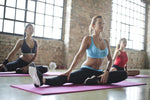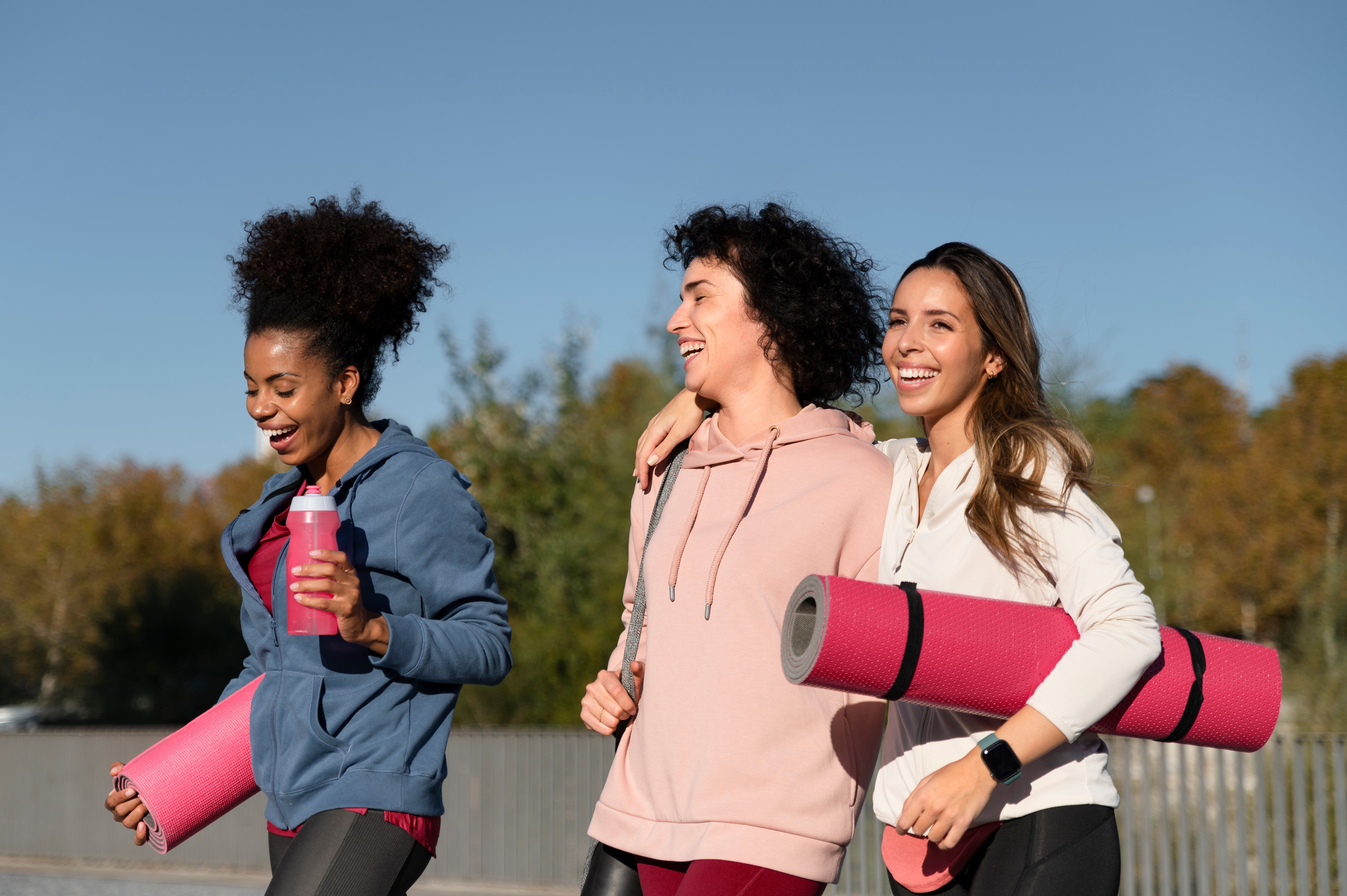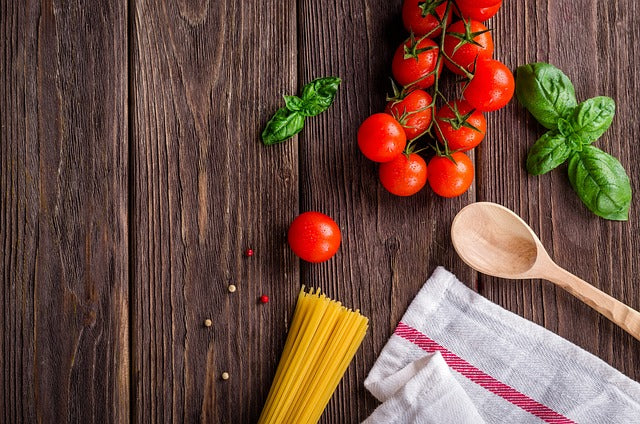

Pilates is more than just a fitness routine—it is a mindful practice that connects the body, breath, and mind through precise movements. Originating from the early 20th century, Pilates has grown into a global exercise trend, valued for improving posture, strengthening the core, and enhancing flexibility. Whether you are attending a reformer Pilates session in a studio or practising mat Pilates at home, what you wear significantly impacts not only your comfort but also your performance.
The right clothing supports freedom of movement, prevents distractions, and allows instructors to check alignment. In this detailed guide, we explore everything you need to know about Pilates attire: what works, what doesn’t, and how to balance style with functionality.
Why Clothing Matters in Pilates
Unlike high-impact workouts, Pilates requires smooth, controlled motions that engage deep muscles. This means your clothing must allow flexibility while remaining fitted enough to avoid getting in the way. Loose clothing might feel comfortable, but it can bunch up, obscure posture, or even snag on reformer machines.
Choosing appropriate apparel also helps:
-
Maintain proper form: Instructors can better correct alignment if they see how your body moves.
-
Support body temperature regulation: Breathable fabrics wick away sweat without overheating.
-
Enhance confidence: Feeling good in what you wear contributes to a focused, positive mindset during sessions.
Key Considerations Before Choosing Pilates Outfits
-
Fabric Choice: Look for moisture-wicking materials like nylon, polyester blends, or breathable cotton.
-
Stretch and Flexibility: Four-way stretch fabrics allow for deep bends, twists, and elongations without resistance.
-
Fit: Clothes should be form-fitting but not restrictive—think supportive, not suffocating.
-
Layering: Depending on the studio temperature, layering with light shawls or sleeves can add comfort.
-
Grip and Safety: Socks or barefoot? Consider non-slip socks for reformer classes where traction is essential.
Pilates Tops: Finding the Right Balance
Fitted Tank Tops
Tank tops are a favourite among Pilates practitioners. A snug fit ensures that the top stays in place whether you are rolling on your spine or stretching on a reformer machine. Look for tanks with built-in bras for light support.
Short-Sleeve Tees
If you prefer more coverage, short-sleeve T-shirts made of lightweight fabric are also ideal. Avoid oversized cuts, as they can ride up or obscure your form.
Long-Sleeve Layers
For those who practise early mornings or in cooler studios, a lightweight, breathable sleeve layer works well. This is where accessories like UV protection cooling sleeves can add versatility—they provide coverage without overheating and are easy to slip off once your body warms up.
Pilates Bottoms: Function Meets Style
Leggings
Leggings remain the most popular bottom wear for Pilates. High-waisted designs offer gentle compression and prevent rolling down during stretches. Look for leggings with anti-slip waistbands to stay comfortable through every pose.
For example, high-waist leggings with butt-lift and anti-cellulite design are especially suitable for Pilates, as they combine support with flattering aesthetics. The snug fit ensures no fabric interference, while the stretch material promotes complete freedom of movement.
Capris and Cropped Pants
Capri leggings or cropped yoga pants are also excellent, especially in warmer climates. They keep the body cool while still offering sufficient coverage.
Avoid Loose Shorts
While shorts may seem convenient, they are less ideal for Pilates. Movements like leg circles or stretches on the reformer may expose more than intended, and loose hems can get caught on equipment.
Accessories That Enhance Your Pilates Practice
Arm Sleeves and Lightweight Shawls
Some Pilates enthusiasts enjoy layering lightweight accessories for additional comfort. For instance, UV sun-protection arm cooling sleeves with finger holes are multifunctional. Not only do they shield the skin during outdoor Pilates or post-class walks, but they also provide an extra layer indoors without overheating.
Socks with Grip
Grip socks are a valuable addition, especially for reformer classes. They provide stability, reduce slipping, and maintain hygiene in shared studio environments.
Small Towels and Water Bottles
Pilates may not leave you drenched in sweat, but keeping a towel and water handy ensures you stay fresh and hydrated.
Seasonal Adjustments in Pilates Clothing
Summer Wear
Opt for breathable fabrics, sleeveless tops, and capri leggings. Lightweight arm covers with cooling technology can protect against sun exposure if practising outdoors.
Winter Wear
Layer fitted long-sleeve tops over tanks, and consider full-length leggings for warmth. Add a light zip-up jacket that can be removed once your body warms up.
Style and Confidence: Expressing Yourself in Pilates
While functionality comes first, style also matters. Many people feel motivated when they enjoy how they look in their workout clothes. Neutral tones like black, grey, and navy are timeless, but don’t hesitate to explore brighter patterns or pastel shades to reflect your personality.
For example, a pair of sleek yoga leggings designed with high waist support can be paired with a pastel tank top for a chic, confidence-boosting outfit. Similarly, adding subtle accessories like stylish arm sleeves can enhance both performance and appearance.
Common Mistakes to Avoid in Pilates Clothing
-
Baggy Tops: They may cover posture, making it harder for instructors to provide feedback.
-
Thick Fabrics: These can restrict stretching and lead to overheating.
-
Zippers and Buttons: Avoid clothing with hardware, as they can press uncomfortably against the body during mat work.
-
Overly Short Shorts: They may ride up and compromise modesty during leg stretches.
Outfit Examples for Different Pilates Settings
-
Mat Pilates at Home
-
Top: Fitted tank top or breathable T-shirt.
-
Bottom: High-waist leggings that allow unrestricted movement.
-
Accessory: Cooling arm sleeves for added comfort in warmer rooms.
-
Studio Pilates Class
-
Top: Slim-fit top with moisture-wicking properties.
-
Bottom: Supportive yoga pants with anti-cellulite and butt-lift features for both performance and style.
-
Accessory: Non-slip socks for machine safety.
-
Outdoor Pilates Session
-
Top: Lightweight short-sleeve shirt or tank.
-
Bottom: Capri leggings for breathability.
-
Accessory: UV protection sleeves with finger holes for sun safety.
How the Right Clothing Improves Your Pilates Journey
Wearing the right Pilates outfit is not just about aesthetics. It enhances:
-
Focus: No tugging or adjusting clothes during class.
-
Performance: Fabrics and fits that stretch with you, not against you.
-
Confidence: Clothing that flatters your body boosts self-esteem.
-
Safety: Reduced risk of slipping, snagging, or overheating.
When you invest in thoughtfully chosen Pilates wear—whether it’s supportive leggings or multifunctional accessories—you are making a commitment to a better practice.
Final Thoughts: Dressing for Success in Pilates
Pilates is about mindful movement, alignment, and control. The clothing you wear should reflect these values: supportive, streamlined, and flexible. With high-quality leggings that provide both comfort and style, and with practical accessories such as UV-protective sleeves, you can transition seamlessly between indoor studios and outdoor environments.
Ultimately, the best Pilates outfit is one that lets you concentrate on your breath and form, rather than on adjusting your clothes. When your attire complements your practice, every session becomes more rewarding.
Blog posts
-

, by pangXILONG Cute and Funny Halloween Costumes for Kids and Pets
-

, by pangXILONG Home Workout Safety Guide: Using Ab Wheel Foam Rollers 1kg Dumbbells Pedal Bands
-

, by yufanjiang Kitchen Chapter: How to Bid Farewell to Clutter and Create a Kitchen with High Aesthetic Standards



